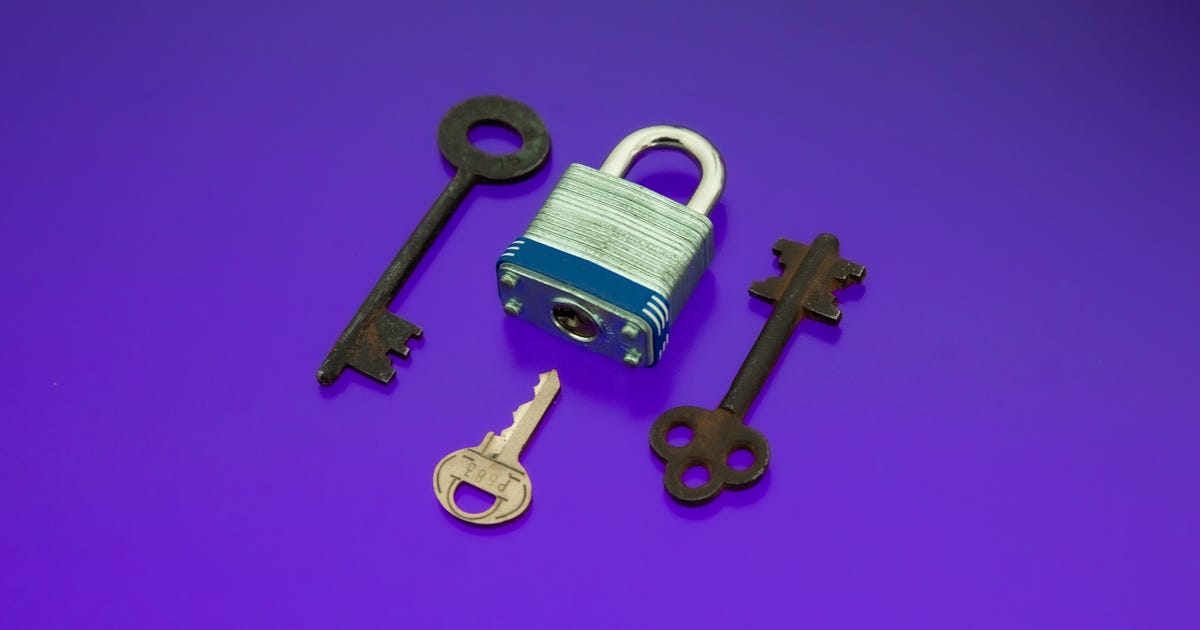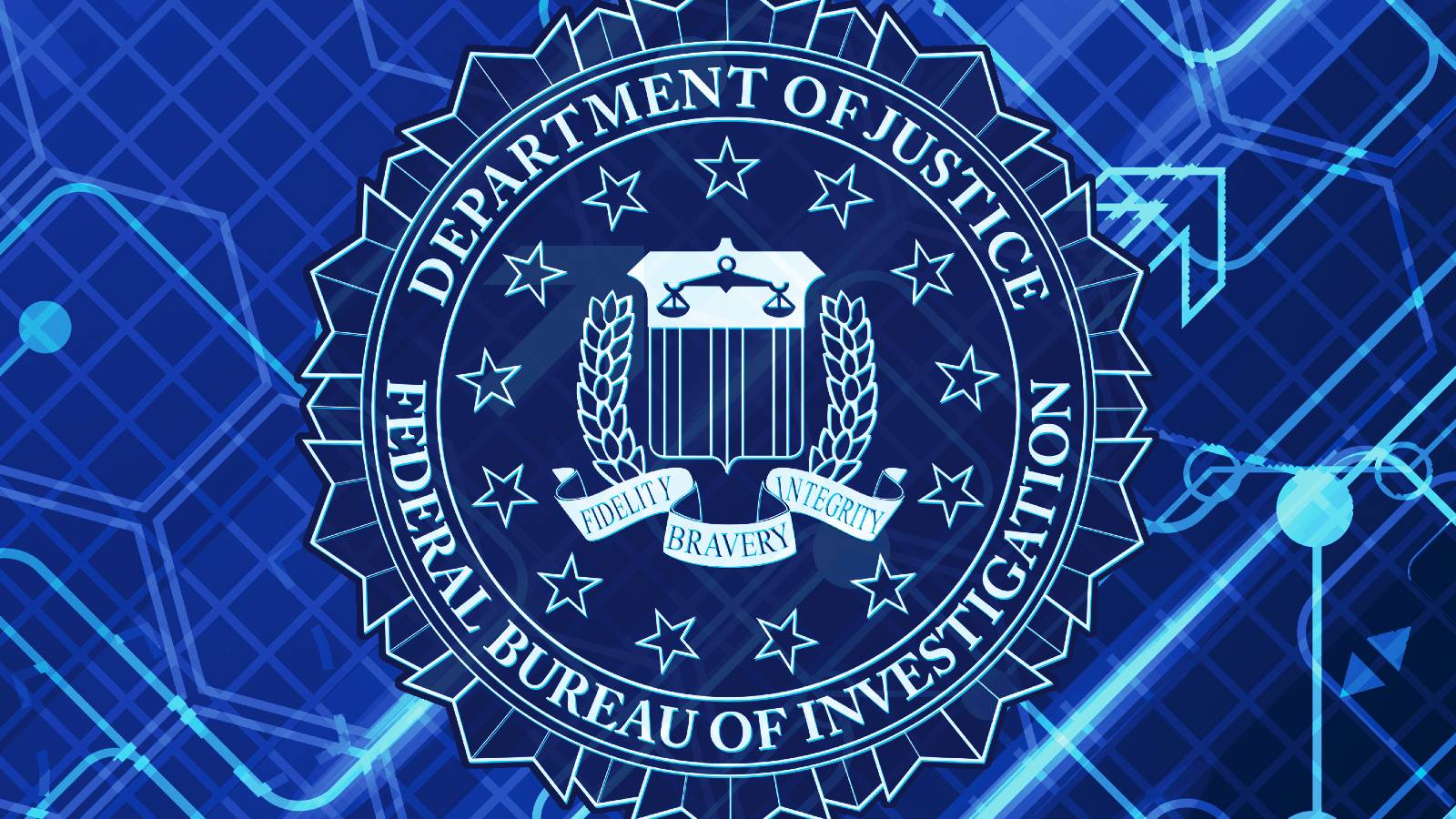Tag: hacked
-

Yes, Your Home Wi-Fi Network Can Be Hacked: These 10 Tips Can Prevent It
This story is part of Home Tips, CNET’s collection of practical advice for getting the most out of your home, inside and out. Your home Wi-Fi network might not be as safe as you think. In 2021, internet crime cost Americans more than $6.9 billion. While phishing and scams contributed to the losses, personal data breaches were also…
-

FBI system hacked to email ‘urgent’ warning about fake cyberattacks
The Federal Bureau of Investigation (FBI) email servers were hacked to distribute spam email impersonating FBI warnings that the recipients’ network was breached and data was stolen. The emails pretended to warn about a “sophisticated chain attack” from an advanced threat actor known, who they identify as Vinny Troia. Troia is the head of security…